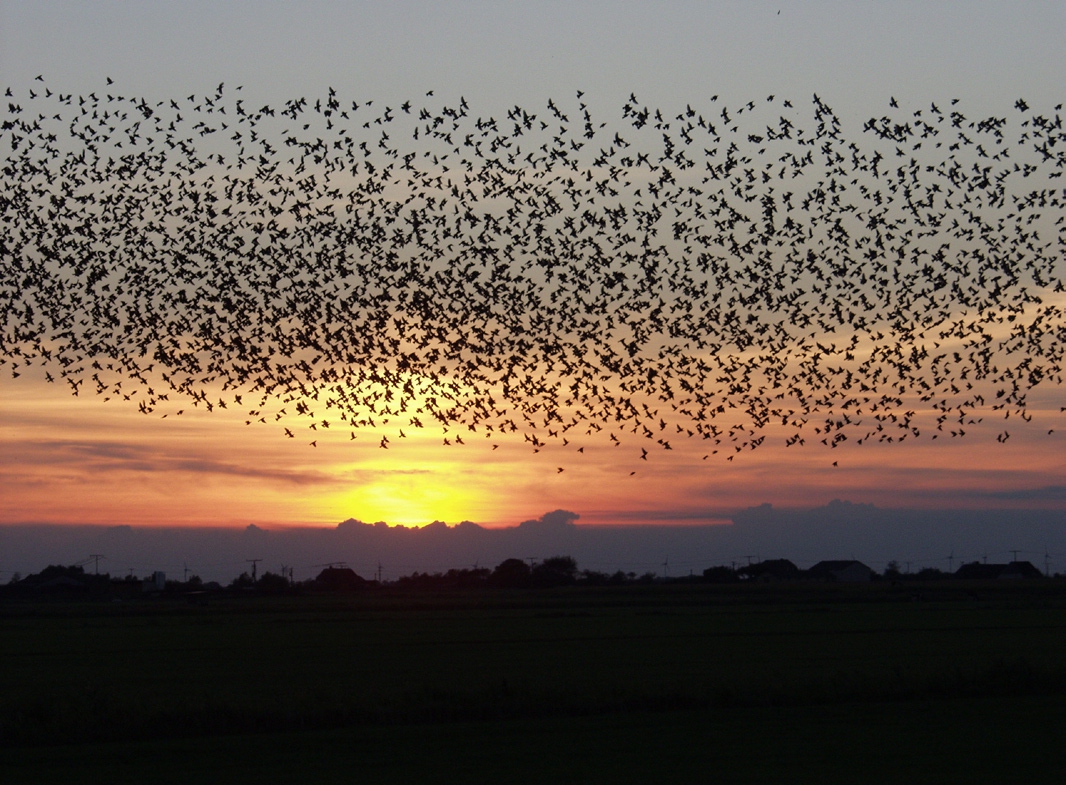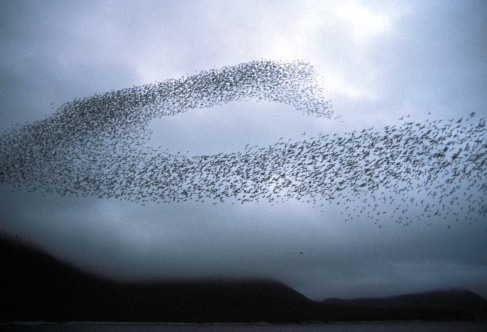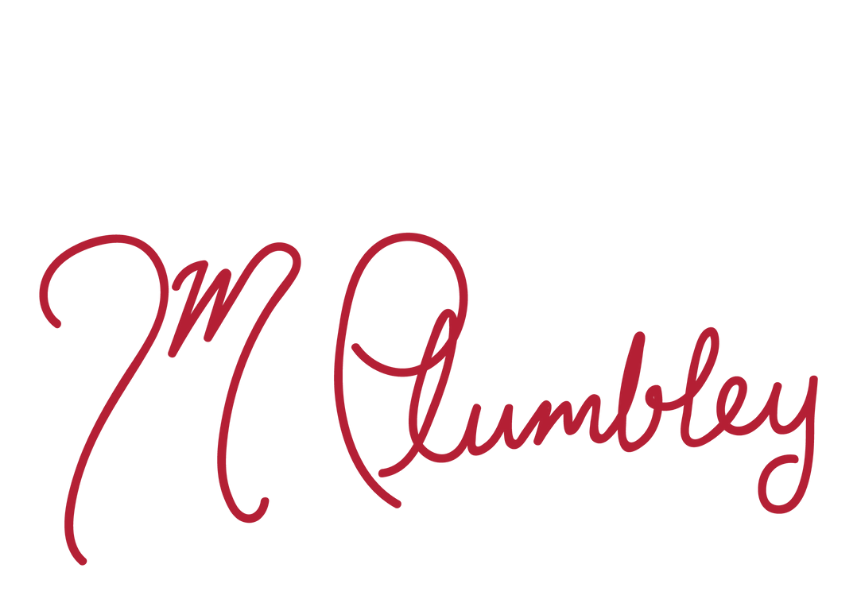
Thanks to Tommy Hansen (at Wikimedia Commons), for this lovely mood-setting image.
Happy 2016, everyone! Welcome to a new year, one full of possibility both bright and dark. I’m currently reading John Crowley’s famous Little, Big, and enjoying it so much that I decided to theme this month’s post similarly (though, as always, with a bit more horror). So, here we are. Let’s talk about fairies.
Even if they aren’t versed in old Fae mythology, most people know that not all pixies acted like Tinkerbell. Characters like Puck from Midsummer Night’s Dream remind us that there were more frightening imps than she; yet most depictions barely scratch the surface of just how bad those counterparts could be. Our monster this month will help us dig deeper.
As early as three thousand years ago, Irish and Scottish peasants looked up with fright as the sun went down. Retreating from the open sky, they hid in their houses–barred them shut–, and if they heard a gentle knocking at their door or scratching at their window, closed their eyes and prayed they would survive the night. The feared creatures flew in from the west on leathery wings, huge flocks (or murders) on the Great Hunt. They were the darkest and most terrible of the fairies, and then, after the advent of Christianity, sinners too vile even for hell. They were the Sluagh, (pronounced SLOO-AH), and if you just experimented with that word aloud, congratulations! You’ve called them to you.
Cursed never to walk the earth, they’ll swarm, screaming, through the sky. Once they were human. Now they are little more than winged skeletons, with loose, flapping skin; a few wisps of hair; long, claw-like hands; and a mouth described variously as beak-like, with gnarled protruding teeth or a gasping, toothless, sucking pit. If you never go outside after dark for the rest of your life, maybe you’ll make it. But if they find you, the only way to save yourself is to put someone else in their path. Who would take your place? The Sluagh will loom over you, shadow stretching over your heart, obscuring your eyes. You’ll hear a soft whispering, and then feel a terrible pull as your immortal soul is torn from your body. Once they have you, you are doomed to fly with them for the rest of eternity, just as anguished, and just as feared.
Does that thought depress you? Be careful not to give yourself too much to despair, because that will call them, too.
Even on nights when they weren’t hunting some idiot, the Sluagh would fly out in search of souls, blotting out the stars and appearing, from afar, like an enormous, pulsing flock of birds. They targeted people on the brink of death, victims who had yet to be given their last rites who would find their soul stolen before the priest could deliver the words. The dying were far easier targets than those still healthy, but if some errant soul were out for a night walk, he would do as well. Dark copper birds followed the flock, ruining crops and killing animals with their poisonous breath. Hell hounds, too, stayed at their heels, replacing sleeping babies with monsters and wreaking havoc.
If you listened closely, you might sometimes hear the Sluagh advancing and retreating as they fought their battles in the sky. Afterwards, in the cold light of morning, you might find their dark bloodstains on rocky meadow floors. If you saw the flock itself, some said, death would visit within a year. Others warned that the Sluagh could control men’s minds, using them as puppets and making them fight like dogs.
It was best, people decided, to just stay inside after dark. To bar the windows, especially on the west side of the house.
Still, some casualties could not be avoided. Sometimes the Sluagh would victimize people dear to their communities, such as the case where a child was taken, soul extracted, and body dropped to slam into his parent’s back yard. More often, however, the Sluagh were blamed for the disappearances of just the sort of people you might expect to be out at night: petty criminals, drunkards, outcasts. People of the sort that even if their neighbors noticed their absence, they would simply shrug, careful not to look at the sky. Some historians point to this selective disappearance as oddly convenient for those who wanted to clean up the town. Equally convenient was the fact that the most ostensibly malicious nights of the Sluagh hunt coincided perfectly with the nights Christian leaders wanted to discourage people from participating in pagan rituals. Were the Sluagh a mindless menace, or a political tool? If they originated before Christianity (and by all accounts, they did), what experience birthed that first, terrible story?
Regardless of whether the Sluagh existed or who they worked for, the fear they generated has spanned generations. Some view murders of crows with suspicion even today, and that small, quiet fear of the dark that we all enjoy remains etched in our DNA. It wouldn’t hurt, probably, to shut your window tight tonight.
Especially if reading their name has the same effect as speaking it.

Most definitely hopefully not the Sluagh, courtesy of Wikimedia Commons.
Do you have an unreasonable distrust of birds? How many saggy-skinned monsters have you found hanging around outside your window? Dementors? Nazgul? Share your story in the comments below.
Featured image by Tanya Trofymchuk.





0 Comments
Trackbacks/Pingbacks